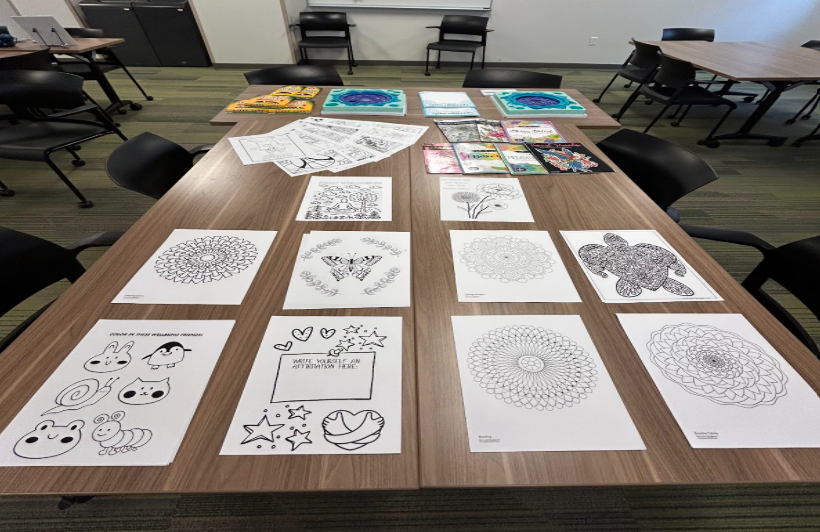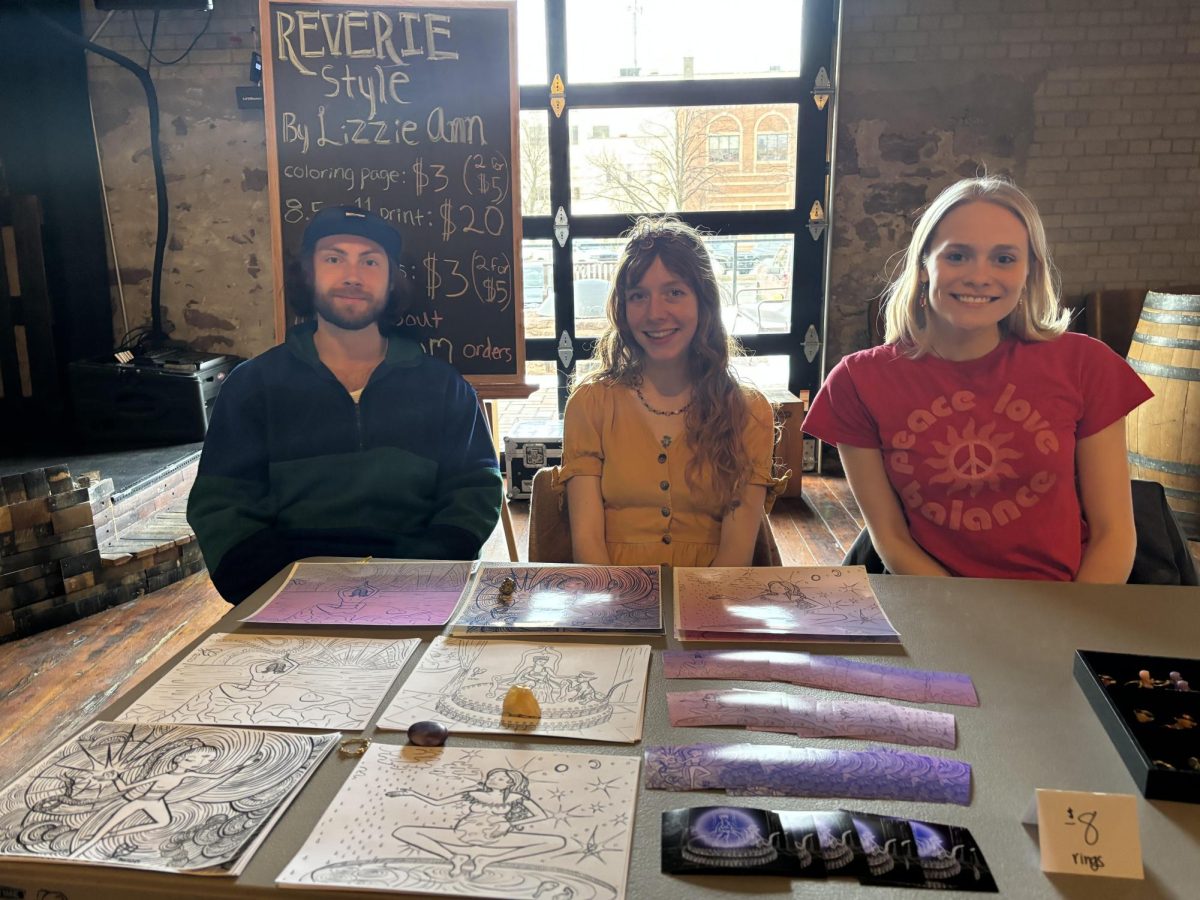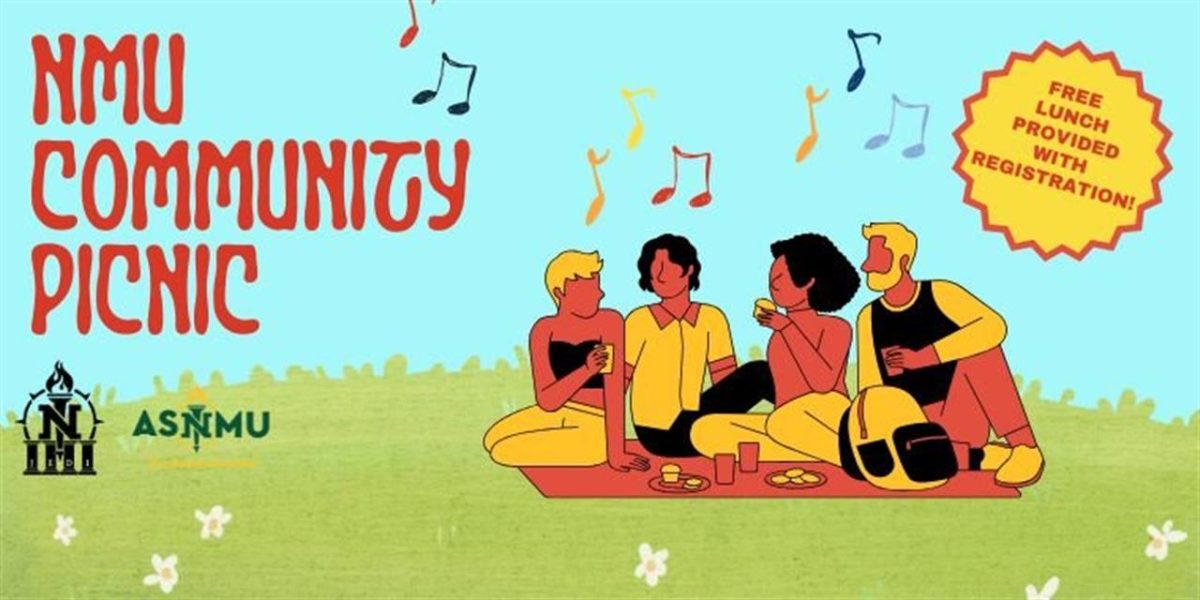It’s 1896 and Emile Berliner, a German-American inventor, fine-tuned his creation of the first device used to play recorded music; the gramophone. Then came the transistor radio, the first portable stereo, the audio cassette, the 8-track tape, the Walkman and the MP3 player, until Apple finally introduced the first iPod in 2001.
Apple’s contributions became, for most of us, a universal desire to carry all of our favorite songs (and then some) with us on the go without requiring much space. Demand for this product has created a cultural shift for music consumption.
It’s been over a decade since Apple’s first-generation iPod entered the arena, but the sphere of the music scene has pushed far beyond anyone’s expectations. We no longer feel the need to bombard the nearest media store to obtain new records on release day. Today, holding a physical copy of a record is somewhat absurd for mainstream music consumers when every song we’ve ever wanted is just a few keystrokes away.
While streaming platforms have grown to become a listener’s paradise, they don’t exactly leave bands and artists rolling in the royalties. Platforms that provide diversity in sound for more grass-root band outfits means that your new favorite band doesn’t have to play at your bar down the street anymore. In fact, the band you dig may be from another country, or another continent at that.
This new generation of music sharing does bring music lovers closer together, but we tend to forget content creators who make a handful of pennies after their most recent song makes its way across popular playlists on streaming sites. So, what does this mean for the future of music?
Our parents’ generation may not have liked every song they heard on the radio, but they definitely heard it and knew the artist, song title and sometimes even the music producers. At that time, the music creators had a more personal connection to their listeners.
Our generation has more of a say in what we listen to. However, some sense of connection has been lost between content creators and music consumers when streaming services presented our generation with more options. We don’t find value in remembering a band name or a song title; perhaps more isn’t always better.
Content creators have been forced to turn to concert sales, marketing and social media to account for what music streaming sites have neglected to offer their art.
It’s likely that music streaming is going to continue growing as the years roll on. This could mean higher subscription prices for listeners in the future. The question will become, how much are consumers willing to pay for streaming services? Though streaming services even the playing field when it comes to content creation, offering more diverse music choices will be a thing of the past if services don’t change their business model.
If creators don’t see any incentive to create high-quality content, full-length albums, or a good sound-produced tracks with lyrical content that withstands the tests of time, then consumers could be paying more for quantity, not quality, proving detrimental to the entire music industry.


























